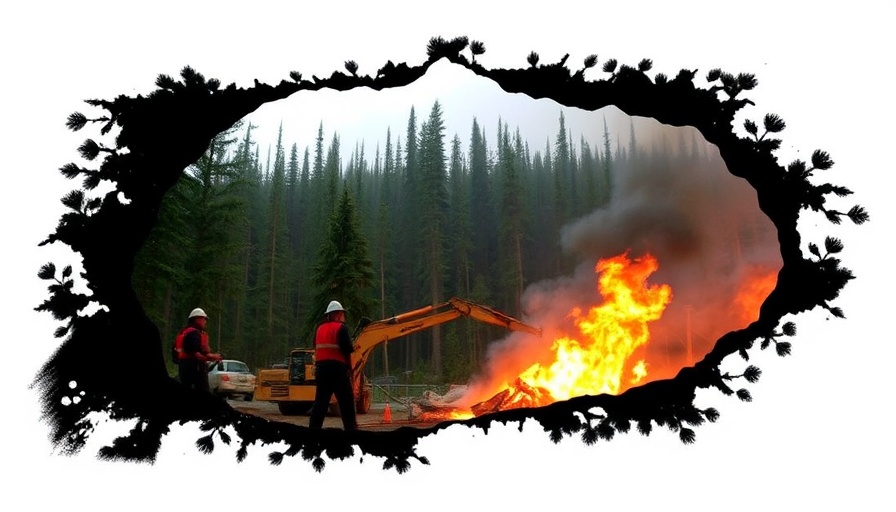
Empowering Women Through Eco-Conservation
Imagine the transformation that occurs when the most marginalized members of society engage in a meaningful task that not only redeems their sense of self but also contributes to environmental conservation. This is the incredible narrative unfolding at the Mission Creek correctional facility in Washington, where incarcerated women are giving new life to the endangered Taylor’s checkerspot butterfly. By raising larvae for eventual release into the wild, these women are not only making a significant contribution to biodiversity but are also reconnecting with their own brilliance and resilience.
The Transition from Inmates to Conservationists
The program at Mission Creek is more than just a project; it's an initiative that brings change at multiple levels. For the women involved, it is a beacon of hope and an opportunity for empowerment. Each day, they meticulously oversee the growth of butterfly larvae, which requires discipline and attention to detail—all valuable skills that they can carry into their lives upon release.
Trista Egli, one of the program participants, expressed her thrill about being part of a meaningful cause. “The big thing for me is being part of an effort to save an endangered species,” she remarked. This sentiment echoes among her peers, who often feel a renewed sense of purpose as they connect with nature and play a role in ecologically significant work.
Creating a Community While Cultivating Butterflies
Community plays a vital role in the success of the butterfly larvae initiative. The women wear distinctive red sweaters, symbolizing their temporary freedom outside the prison's perimeter while contributing positively to the world around them. Conversations between the participants and their families, often during visiting hours, reveal proud moments that highlight the significance of the program, fostering connections that transcend the prison walls.
For Lynn Cheroff, a participant who shares her pride with her children, the project serves as a bridge to her life outside. Similarly, Jennifer Teitzel, another participant, has expressed the stability and routine that the program instills in her. The women's shared commitment creates a safe community and an opportunity to develop meaningful relationships with one another.
Lessons of Redemption and Responsibility
While the program is celebratory in its mission, it does not shy away from the realities of the participants’ lives. For Egli and others, the journey has been fraught with hard lessons. “I am paying the price for that every day,” she acknowledges, referencing her past and the impact it has had on her family. By participating in this environmental work, the women find purpose, accountability, and a way to move forward with their lives.
Future Predictions: More Programs for Impact?
The successful breeding and eventual release of over 67,000 larvae last year signals a potentially transformative movement in correctional facilities across the country. By integrating conservation education and eco-friendly projects in prisons, we could see not only ecological benefits but also reduced recidivism rates as participants develop skills and therapeutic ties to nature.
As discussions surrounding prison reform and rehabilitation evolve, programs like the one at Mission Creek can pave the way for innovative approaches that support both the environment and those seeking redemption. This initiative may inspire a wider adoption of similar programs focused on bringing hope and purpose to vulnerable populations while contributing to the world.
Actionable Insights to Foster Change
For those interested in supporting such initiatives, consider advocating for more conservation programs within correctional institutions. Engaging in community support and awareness campaigns can amplify the message of redemption through environmental stewardship. It is crucial to recognize that every individual has the potential for transformation, given the right environment and opportunities.
These women are crafting a new narrative that illustrates the synergy between personal growth and ecological responsibility. Their courage and dedication can serve as an inspiring model for others, illuminating the powerful connections we can form with nature, even in the least likely circumstances.
Let’s rally together to support programs that empower individuals and protect our planet—every action counts! Reach out to your local community organizations or your state’s department of corrections to see how you can contribute towards creating similar opportunities.
 Add Row
Add Row  Add
Add 





Write A Comment